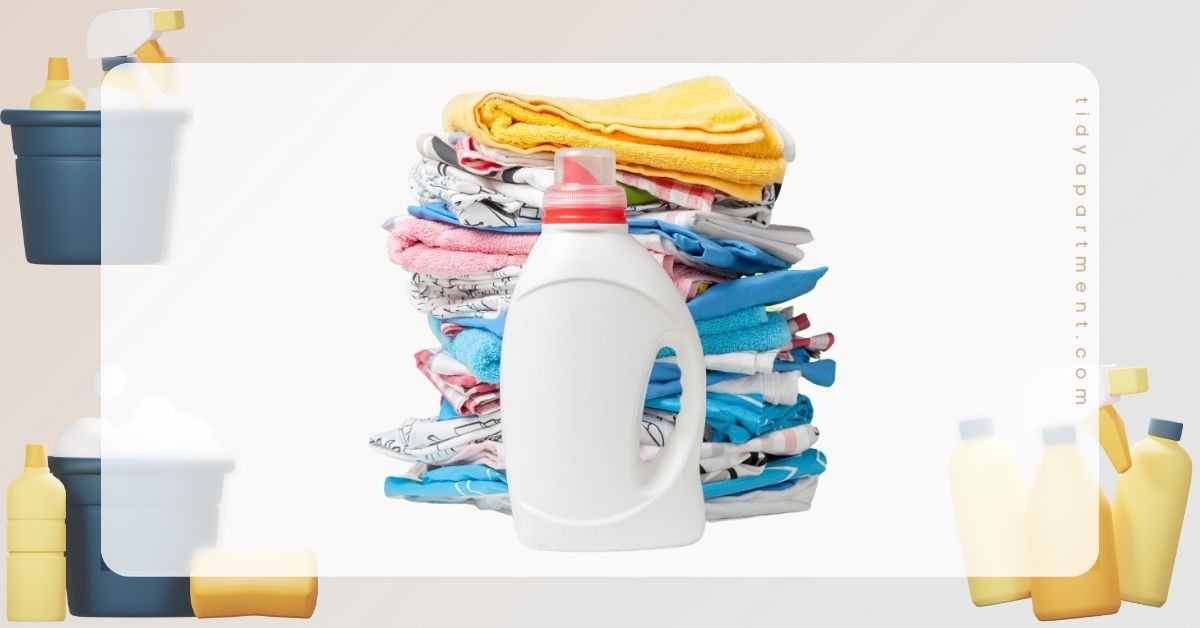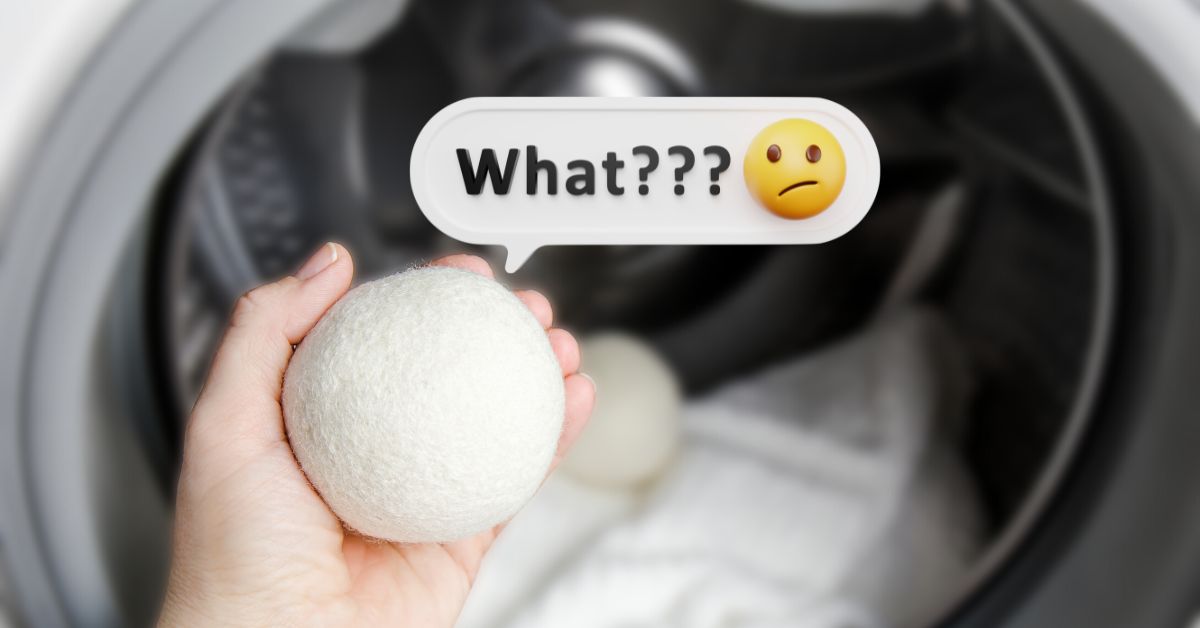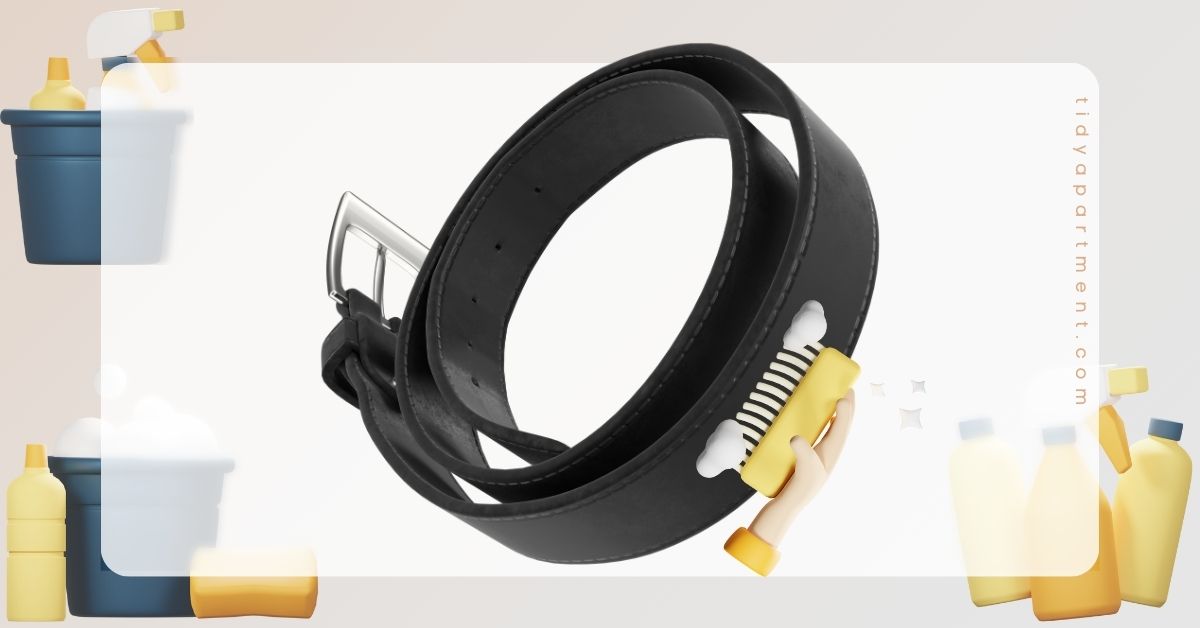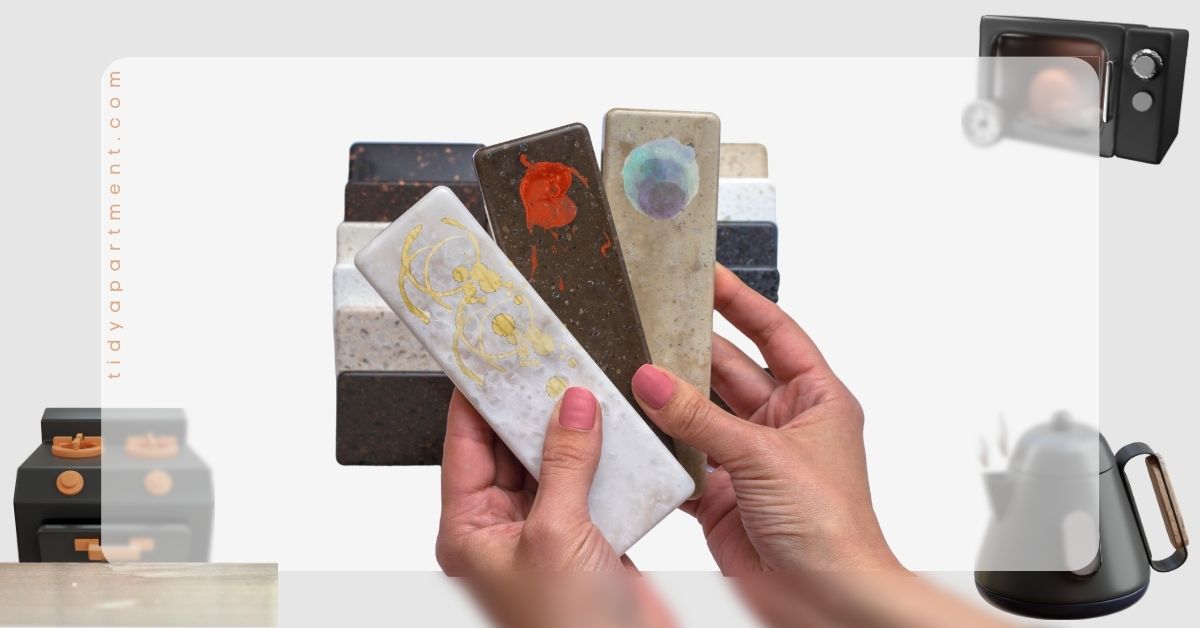We’ve all been there—pouring out fabric softener only to realize it has thickened into an unusable consistency. If you’ve ever encountered the frustrating situation of a thick, gloopy fabric softener that refuses to pour or distribute evenly, you know how it can hinder the laundry process.
Whether it’s due to temperature changes or long storage periods, there are simple tricks to restore the fluidity of your fabric softener.
Has your laundry detergent gone bad or expired? If yes, then you must read: Substitutes for fabric softener.
Page Content
Why Does Fabric Softener Get Thick?
Fabric softeners can become thick due to a phenomenon called “gelation.” Gelation occurs when the long-chain molecules in the fabric softener, such as fatty acids or quaternary ammonium compounds, align and intertwine, forming a gel-like structure. This can happen when the fabric softener is exposed to low temperatures or when it ages over time.
Gelation can also be influenced by the concentration of active ingredients and the presence of impurities or contaminants. Additionally, certain additives or interactions with other chemicals can contribute to the thickening of fabric softeners.
Some other common reasons for fabric softener thickening include the following:
- Evaporation: Fabric softeners contain water as a base ingredient. If the container is not sealed correctly or the product is exposed to high temperatures, the water content can evaporate, causing the remaining ingredients to concentrate and thicken.
- Interaction between Ingredients: The various components in fabric softeners can interact chemically, forming complexes or gels that contribute to thickening.
- Temperature Effects: Temperature fluctuations, especially in cold weather, can cause certain ingredients in fabric softeners to solidify or become more viscous, resulting in thickening.
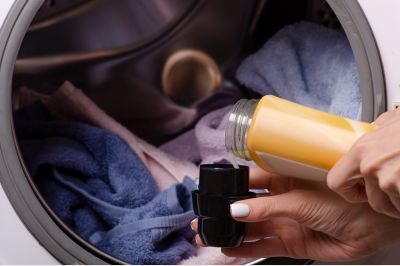
How to Fix Thick Fabric Softener?
Follow this step-by-step process to fix thick fabric softener:
Step 1: Shake the Bottle
Give the fabric softener bottle a good shake to ensure the thickened product is well-mixed. This might help redistribute the ingredients and temporarily reduce the thickness.
Step 2: Add Water
If evaporation is the primary cause of thickening, adding distilled water can help restore the desired consistency. Start by adding a small amount of water (a tablespoon or two) to the bottle, then replace the cap and shake vigorously.
Repeat this process until the desired consistency is achieved, but be cautious not to add too much water, as it can dilute the softening effect.
Step 3: Warm Water Bath
If temperature fluctuations have caused the fabric softener to thicken, place the tightly sealed bottle in a warm water bath. The warmth will help soften the thickened mixture, making it easier to pour and use.
Ensure the water is not too hot, as excessive heat can damage the product’s effectiveness.
Step 4: Add Vinegar
Vinegar act as a natural acidifier, which can help break down any gel-like formations or clumps in the fabric softener. Vinegar, particularly white distilled vinegar, can effectively help thin out thickened fabric softener.
Start by adding a small amount of vinegar to the bottle, approximately one tablespoon at a time. Place the cap and shake the bottle vigorously to mix the vinegar with the softener.
Step 5: Store Correctly
To prevent future thickening, it’s crucial to store fabric softeners properly. Ensure the cap is tightly sealed after each use to minimize exposure to air. Store the bottle in a cool, dry place away from direct sunlight and extreme temperatures.
Precautions to Take
- Avoid over-thinning: Adding water or thin products in small increments is crucial to prevent the fabric softener from becoming too watery or losing effectiveness. Remember, you can always add more if needed, but it’s difficult to reverse the process if you’ve added too much water.
- Gradual thinning: Take your time when thinning out the fabric softener. Add water or thinning products gradually while stirring continuously to achieve the desired consistency. This approach allows you to control the thinning process effectively.
- Conduct a patch test: Before using the thinned fabric softener on your entire load of laundry, perform a patch test on a small, inconspicuous area of fabric. This test ensures that the thinned fabric softener doesn’t cause any adverse effects such as staining or damage. If any negative reactions occur, dispose of the fabric softener.
- Follow manufacturer’s instructions: If you decide to use a fabric softener thinning product, carefully follow the instructions provided by the manufacturer. Each product may have specific guidelines regarding the amount to add or the mixing procedure. Following these instructions will help you achieve the best results.
Related: Can I put fabric softener in the bleach dispenser?

How to Prevent Fabric Softener Thickening?
- Proper Storage: Store fabric softener in a cool and dry place, away from direct sunlight and extreme temperatures. This helps maintain its original consistency.
- Tight Sealing: Ensure that the container or bottle of fabric softener is tightly sealed after each use. Exposure to air can lead to evaporation and thickening of the product.
- Avoid Contamination: Prevent water or moisture from entering the fabric softener container, as it can contribute to thickening. Use clean measuring cups or dispensers to avoid introducing impurities.

- Can fabric softener go bad?
Yes, exposure to air, heat, and moisture can cause the ingredients in fabric softeners to degrade, leading to changes in consistency, effectiveness, and smell.
- Why is my fabric softener thick?
Fabric softeners can become thick due to exposure to air, chemical reactions, and temperature fluctuations within the product.
Conclusion
Shake the bottle, add water if needed, give a warm water bath to the bottle, and add white vinegar to reduce the thickness of the fabric softener. Taking these steps will help break down clumps, eliminate gel-like formations, and improve the overall usability of the fabric softener. Also, we suggest doing a batch test before using the thinned fabric softener to check if it adversely affects clothes.
Follow the best storage practices to prolong the lifespan of the fabric softener, and always check the expiry date of the fabric softener before using it. Fabric softener usually has a shelf life of 12 months.
Related: Dryer Balls vs. Dryer Sheets.
